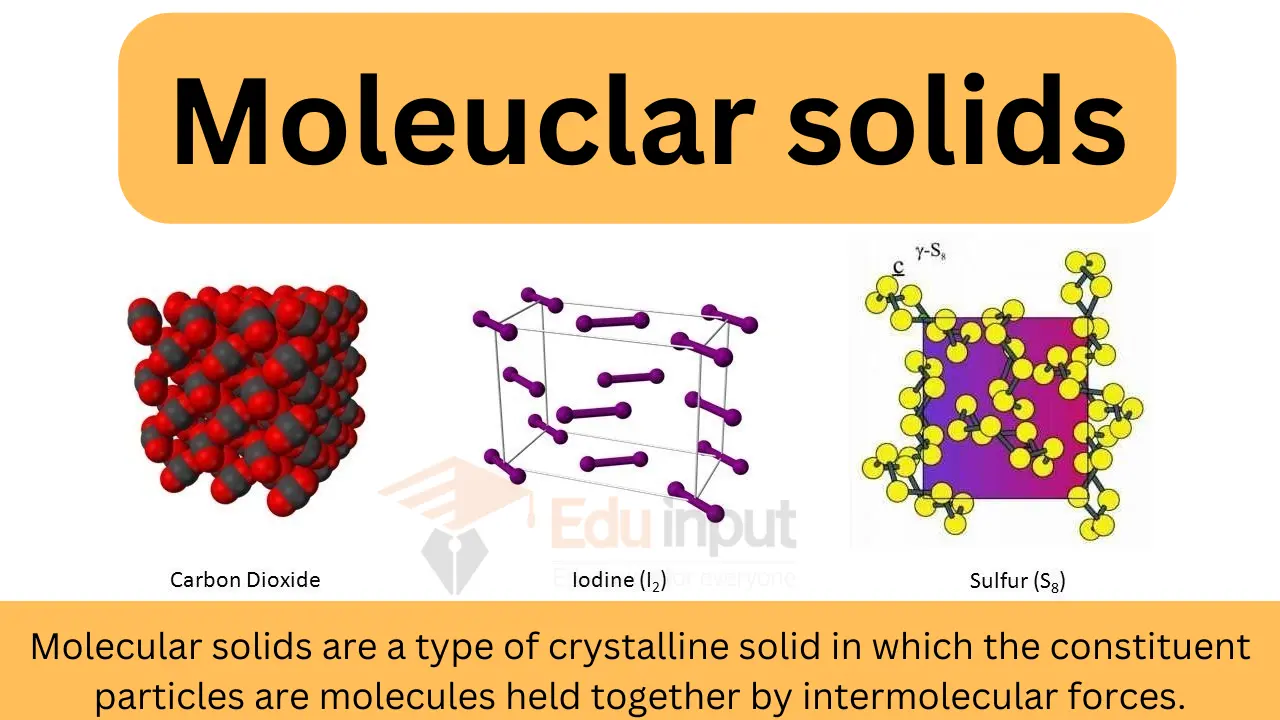7 Difference between crystalline solids and amorphous solids
There are many key differences between crystalline solids and amorphous solids. Here are seven key differences between crystalline and amorphous solids:

Table of Crystalline solids vs Amorphous solids
| Crystalline Solids | Amorphous Solids |
|---|---|
| Well-defined, ordered atomic or molecular structure | Properties are more variable and depend on factors such as temperature, pressure, and composition |
| Sharp melting point | Broader melting range and gradually soften as they are heated |
| Unique physical and chemical properties determined by their structure | Properties more variable and depend on factors such as temperature, pressure, and composition |
| Manufactured with well-defined structures through processes such as crystallization or solidification from a melt | Produced by rapidly cooling a molten material, resulting in a disordered structure |
| Often have unique optical properties, such as birefringence | Typically do not exhibit such optical effects |
| Typically harder and more brittle due to their ordered structure | Generally more flexible and resistant to breaking |
| Often exhibit predictable expansion and contraction in response to changes in temperature | Can show more variable and complex responses to temperature changes |
Structure: Crystalline solids have a well-defined, ordered atomic or molecular structure, whereas amorphous solids lack long-range order and have a disordered structure.
Melting Point: Crystalline solids have a sharp melting point, meaning they transition from solid to liquid at a specific temperature, whereas amorphous solids have a broader melting range and gradually soften as they are heated.
Properties: Crystalline solids have unique physical and chemical properties that are determined by their structure, such as high melting and boiling points, unique shapes and angles, and anisotropic properties. On the other hand, amorphous solids have more variable properties and depend on factors such as temperature, pressure, and composition.
Manufacturing: Crystalline solids can be manufactured with well-defined structures through crystallization or solidification from a melt. Amorphous solids, however, are typically produced by rapidly cooling a molten material, which results in a disordered structure.
Optical Properties: Crystalline solids often have unique optical properties, such as birefringence, which causes light to split into two beams with different polarizations. Amorphous solids typically do not exhibit such optical effects.
Mechanical Properties: Crystalline solids are typically harder and more brittle than amorphous solids due to their ordered structure. Amorphous solids, on the other hand, are generally more flexible and resistant to breaking.
Thermal Expansion: Crystalline solids often exhibit a predictable expansion and contraction in response to changes in temperature, whereas amorphous solids can show more variable and complex responses to temperature changes.







Leave a Reply